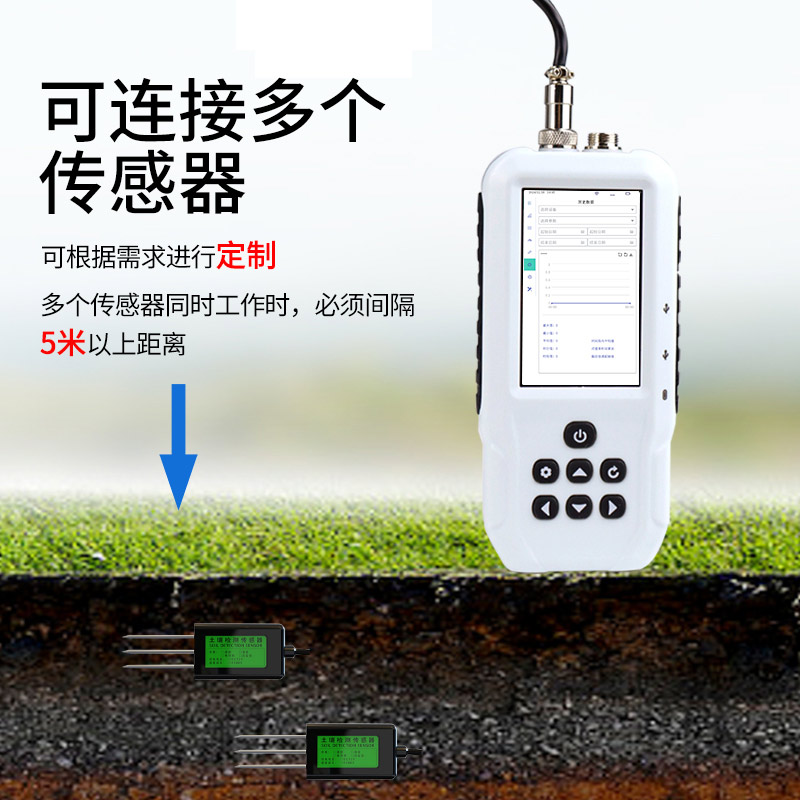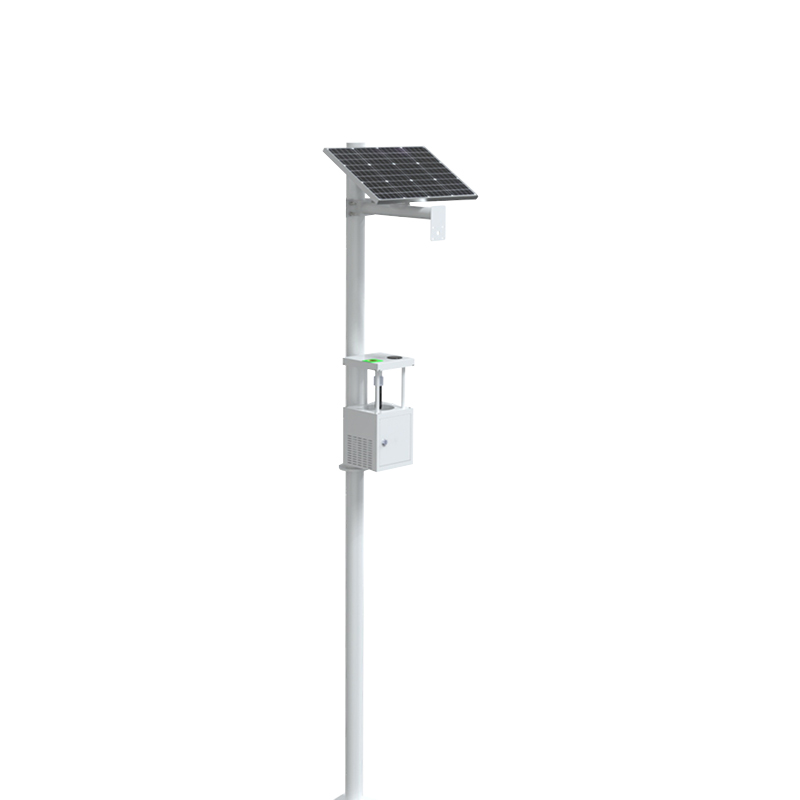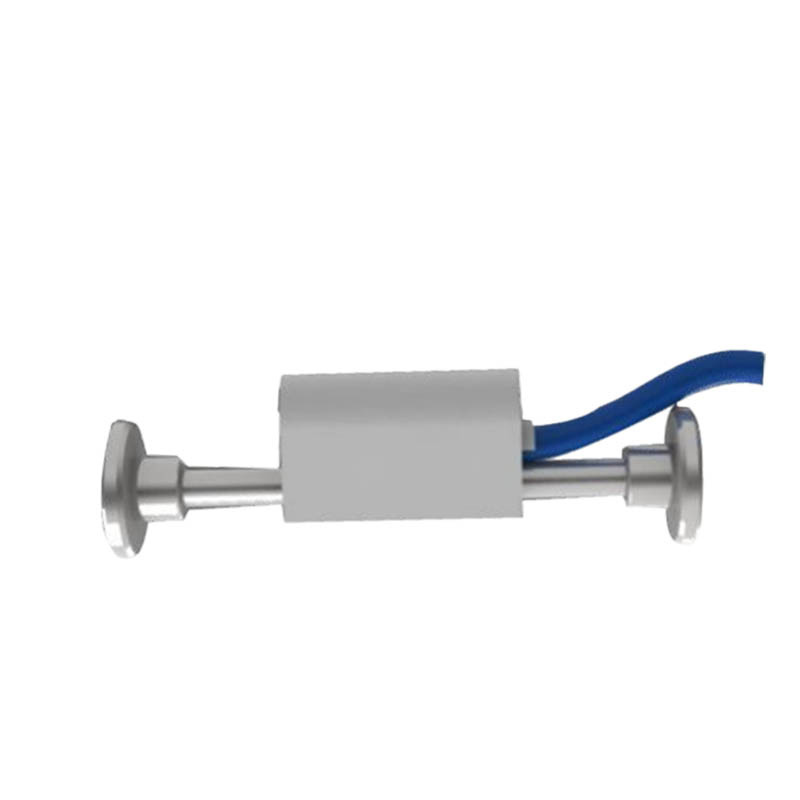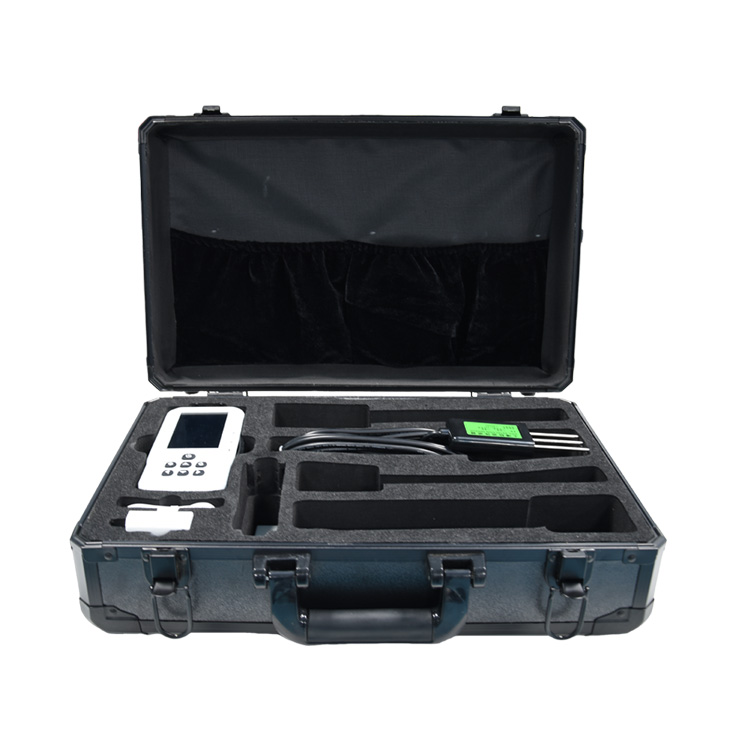The pH value of soil affects plant growth, as overly acidic or alkaline soil environments can restrict plant growth and impact crop quality. Therefore, detecting soil pH has always been of great significance for agricultural production and scientific research.
In traditional detection methods, laboratory testing is relatively accurate. It requires collecting soil samples from multiple points in the area to be tested to ensure the results are representative, and then sending the samples to a professional laboratory. In the laboratory, the pH value of the samples is measured using a pH meter or pH test paper through complex operational procedures. Although this method yields precise results, the entire process from sampling to obtaining results takes a long time, making it difficult to meet scenarios with high timeliness requirements. There is also the on-site rapid detection method, such as using pH test paper. By inserting the test paper into moist soil, waiting for color changes, and then comparing it with a color chart to read the pH value, this method is simple to operate and can quickly obtain results. However, its accuracy is inferior to laboratory testing and is easily interfered with by various factors, leading to large result deviations.
With the development of technology, soil pH testing devices have emerged on the market, such as today’s protagonist, the FT-TP1. This is a rapid soil pH measuring instrument with extremely simple operation, featuring an intuitive liquid crystal display (LCD) and a simple button-based operation interface. Users only need to vertically insert the instrument’s specially designed high-precision probe into the soil to an appropriate depth according to the prompts, press the measurement button, and can obtain accurate soil pH data in a short time.
The tester is also equipped with a large-screen color LCD that can real-time track and record information such as soil pH values. It has a built-in large-capacity memory that can store up to 10 million pieces of data and features power-off data protection to ensure data security and integrity. At the same time, it can automatically identify sensors with different parameters, allowing users to flexibly combine sensors as needed. It also supports multi-channel automatic detection expansion to improve work efficiency. In addition, data can be exported to a computer via a USB interface, supporting EXCEL format output and generating data curves for further analysis and processing. A 4G networking function is also available as an option to wirelessly upload data to the smart cloud agriculture platform, enabling remote data management and long-term trend analysis.

This paper addresses:https://www.fengtusz.com/industry/763.html









